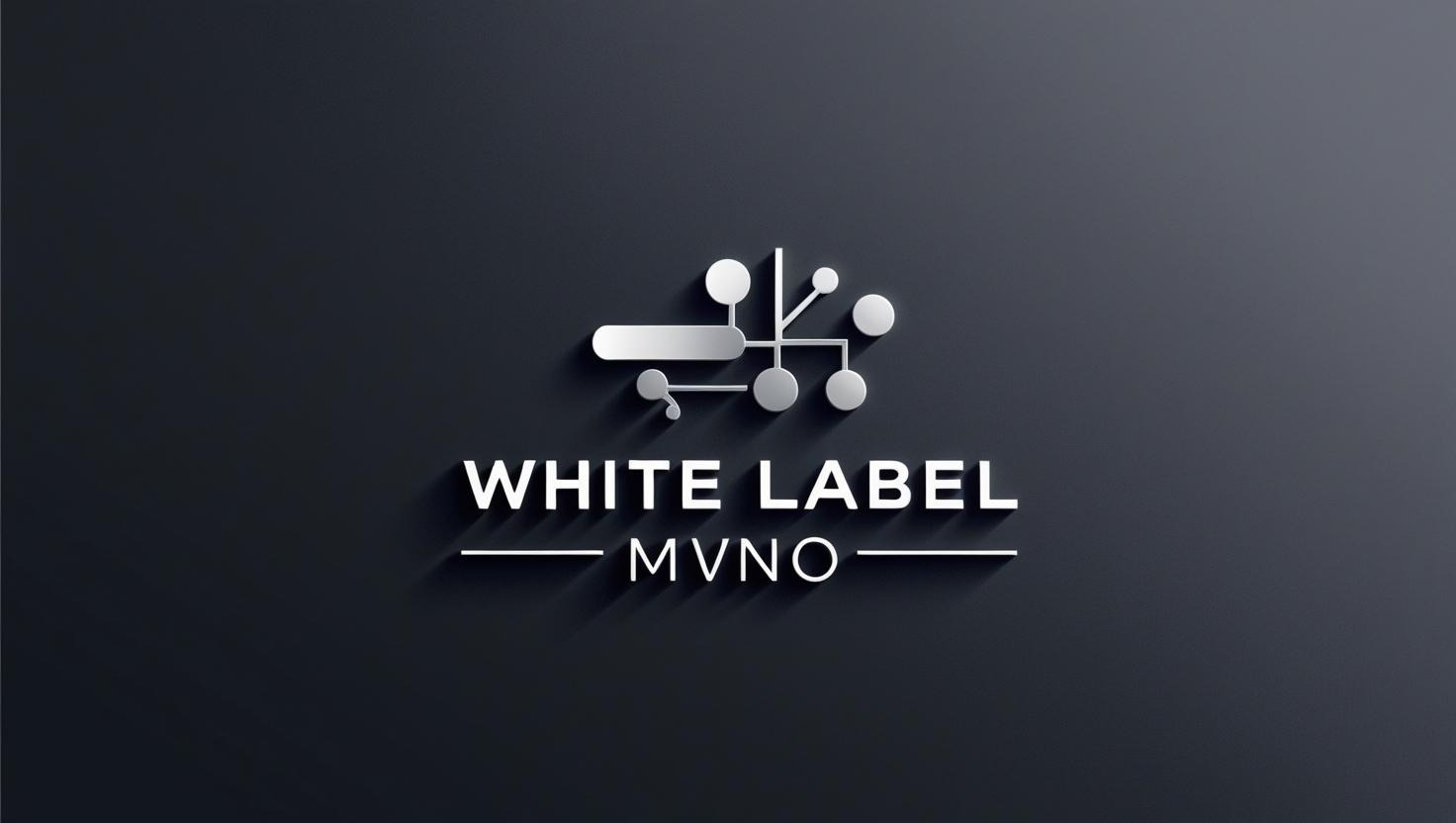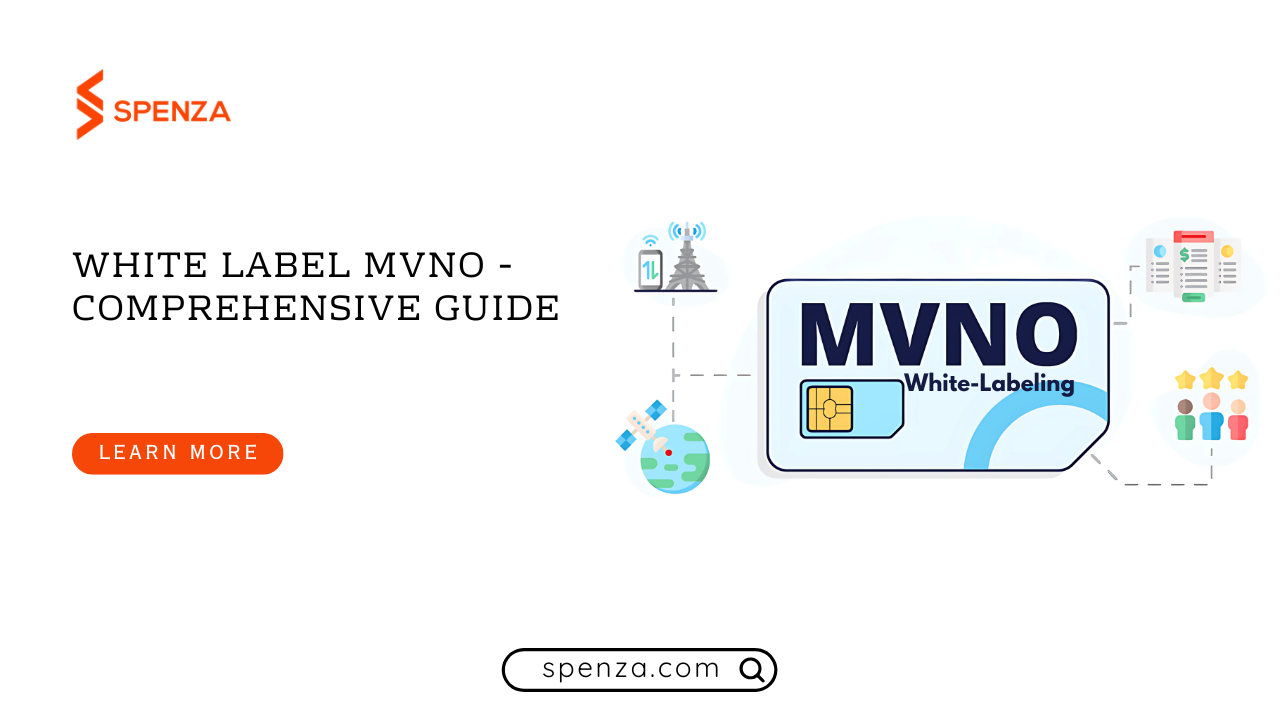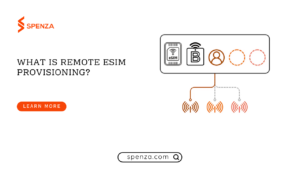Table of Contents
- Introduction
- What Is a White Label MVNO?
- Why This Matters Now
- How to Launch Your White Label MVNO in 5 Steps
- Define Your Niche
- Partner With Infrastructure Providers
- Customize Your Platform
- Set Pricing and Plans
- Launch and Scale
- Top Challenges When Launching a White Label MVNO (and How to Overcome Them)
- Regulatory Compliance
- Network Reliability
- Profit Margins
- Customer Support
- Benefits of a White Label MVNO Platform
- Quick to Start
- Reduced Expenditures
- Control Your Brand
- Grow Easily
- Focus on What Matters
- Better Customer Experience
- Stay Competitive
- Why Choose a White Label MVNO Over Building Your Own Infrastructure?
- Includes a Comparison Table
- Who Can Spenza Help Launch a White Label MVNO?
- IoT Device Manufacturers
- Managed Service Providers (MSPs)
- Enterprise IT Teams
- Telecom Resellers
- Conclusion: Start Your White Label MVNO Journey Today
- FAQs

Mobile Virtual Network Operators (MVNOs) lets businesses sell mobile services without building physical networks. But launching one from scratch takes time, money, and expertise. That’s where a White Label MVNO steps in.
This guide explains how it works, why it matters, and how you can use it to grow your business.
What Is a White Label MVNO?
A White Label MVNO allows businesses to offer mobile services under their brand without owning the network. Instead, companies lease network space from a larger carrier. This means businesses can quickly enter the telecom market without the cost and complexity of building their own infrastructure.
Think of it as a “rent-a-network” model where you focus on branding and customer experience while the technical backend is handled for you.
This model is ideal for IoT companies needing scalable connectivity, managed service providers (MSPs) expanding their offerings, or resellers aiming to enter telecom. The key advantage? Speed. You skip years of licensing, hardware setup, and regulatory hurdles.
Why This Matters Now
Demand for IoT connectivity is exploding—think smart devices, asset trackers, and industrial sensors. However, managing telecom expenses and ensuring reliable coverage across regions is tough.
A White Label MVNO solves this by offering a pre-built platform with billing, subscription management, and multi-carrier integrations.
How to Launch Your White Label MVNO in 5 Steps
Starting a telecom service sounds complex, but a White Label MVNO simplifies it. Here’s how:
1. Define Your Niche
Target a specific market. For example, focus on IoT devices requiring low-power connectivity or industries like healthcare needing ultra-reliable networks. Your niche dictates pricing, coverage, and features
2. Partner With Infrastructure Providers
Work with established carriers to lease network access. Negotiate bulk data rates and ensure coverage aligns with your customers’ regions.
3. Customize Your Platform
Use white-label tools to design branded customer portals, billing systems, and analytics dashboards. Spenza’s platform, for instance, lets you rebrand everything without coding.
4. Set Pricing and Plans
Offer flexible options—pay-as-you-go, tiered data bundles, or custom enterprise packages. Include value-adds like real-time usage alerts or API integrations.
5. Launch and Scale
Test with a pilot group, gather feedback, and then roll out widely. Use automated tools to handle onboarding, support tickets, and revenue tracking.

Top Challenges When Launching a White Label MVNO (and How to Beat Them)
Even with a ready-made platform, hurdles exist. Here’s what to watch for:
- Regulatory Compliance – Telecom laws vary by country. Ensure your MVNO meets local data privacy, licensing, and consumer protection rules. Partner with legal experts early.
- Network Reliability – If your host carrier’s network dips, your customers blame you. Mitigate this by using multiple carriers or eSIMs that switch networks automatically.
- Profit Margins – Bulk data rates from carriers eat into profits. Boost margins by upselling value-added services like device diagnostics or security add-ons and so on.
- Customer Support – Telecom users expect 24/7 help. Use AI chatbots for common issues and a dedicated team for complex cases.
Benefits of a White Label MVNO Platform
Choosing a white label MVNO platform brings several key benefits that can help your business grow in the telecom sector. Here’s how this choice makes things better and easier:
1. Quick to Start:
You can start offering your services in a matter of a few weeks. This is significantly quicker than if you had to establish your own network. A white label platform takes care of the difficult aspects such as subscriptions and compliance. This allows you to concentrate on making sales immediately.
2. Reduced Expenditures:
Typically, building a network comes with heavy expenses due to licensing fees and the installation of cell towers. A white label platform spares you these costs. Instead, it has a set fee system where you only pay for what you utilize. This aids your budgetary restrictions. You can begin offering your services in just a few weeks. This is much faster than if you had to set up your own network. A white label platform handles all the complex parts like dealing with subscriptions and following rules. This lets you focus on selling your service right away.
3. Control Your Brand:
You can now market and sell your services under your own brand. From the plans you offer to the marketing campaigns, everything is personalized. This ensures that your customers only recognize your brand and not the host carrier which gives your brand additional value and greater loyalty.
4. Grow Easily:
Overcoming barriers, expanding to new regions, or increasing the number of users is a breeze. The system is set up to manage greater volumes of customers with ease. You will smoothly scale your business without facing the typical challenges of growing a network.
5. Focus on What Matters:
Since the platform comes ready to use, you don’t have to spend time and money on building and maintaining a network. This frees up your resources, so you can concentrate on making your service better and finding more customers.
6. Better Customer Experience:
The platform comes with tools that help you manage customer needs more effectively. Whether it’s handling their questions or updating their service plans, you can provide a smoother experience. Happy customers are more likely to stay with your service.
7. Stay Competitive:
With a white-label MVNO, you can quickly adapt to changes in the market. Whether it’s offering new types of plans or special promotions, you can act fast to meet customer demands. This keeps you competitive against bigger companies with more resources.
Why Choose a White Label MVNO Over Building Your Own Infrastructure (Quick Overview)?
Here’s a simpler comparison in a table format that highlights why choosing a White Label MVNO platform might be a better option than building your own telecom infrastructure:
| Aspect | Build Your Own Network | White Label MVNO |
|---|---|---|
| Start-Up Costs | Very high (licensing, equipment, towers) | Much lower (ready-made system, pay only for what you use) |
| Brand Flexibility | Limited by technical constraints | Full brand control—customize plans, marketing, and more |
| Operational Overheads | You manage billing, tech support, and network upkeep | Most operations (billing, compliance) are handled for you |
| Scalability | Physical limits can slow expansion | Quickly scale to new regions or add more users without heavy costs |
| Market Speed | Slower due to building and regulatory hurdles | Fast to react with new plans or promotions |
| Ongoing Costs | High and can keep rising (maintenance, upgrades) | Predictable, pay-as-you-go structure keeps costs in check |
This table shows why a White Label MVNO might be a better choice for quickly entering the telecom market with lower costs and less hassle while still allowing you to grow and control your brand.
Who Can Spenza Help Launch a White Label MVNO?
Spenza’s platform is for leaders ready to disrupt telecoms. Here’s who benefits most:
- IoT Device Manufacturers – Offer bundled connectivity with your hardware. Track data usage per device and invoice clients seamlessly.
- Managed Service Providers (MSPs) – Expand beyond IT services. Sell branded mobile plans or IoT data packages to existing clients.
- Enterprise IT Teams – Centralize telecom expenses. Manage employee devices, data plans, and IoT sensors from one dashboard.
- Telecom Resellers – Differentiate with custom plans. Use Spenza’s tools to handle billing, taxes, and multi-carrier routing.
Conclusion: Start Your White Label MVNO Journey Today
The White Label MVNO model cuts through traditional barriers to entry. You gain full control over branding, pricing, and customer experience without the headaches of infrastructure. Spenza’s platform handles the heavy lifting, from eSIM management to automated billing.
FAQs
Yes. Partner with carriers in target regions or use eSIMs that automatically connect to local networks.
Spenza’s platform tracks data usage per SIM card. You can bill per MB, offer monthly plans, or set custom thresholds.
Absolutely. Port existing numbers and SIMs to your new platform without service disruption.
Data is encrypted end-to-end. Regular audits ensure compliance with GDPR, CCPA, and other standards.
Margins range from 15-40%, depending on data costs and add-on services. IoT-focused MVNOs often hit the higher end.
Ready to launch? Consult our experts to map your strategy. Share this guide with your team to kickstart planning.






